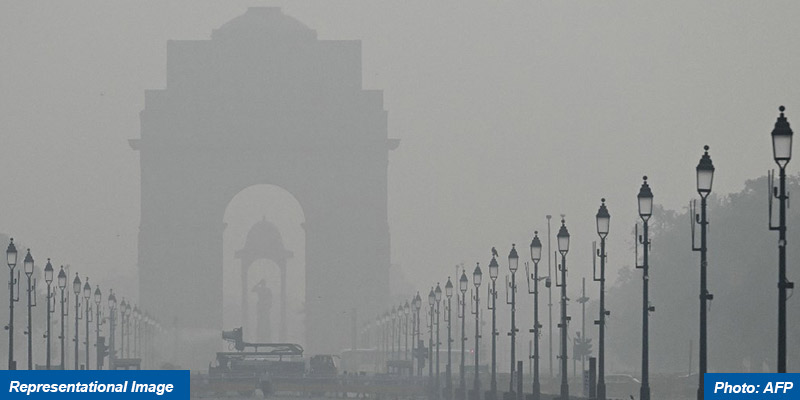- India
- Oct 29
What is cloud seeding?
• The Delhi government, in collaboration with IIT-Kanpur, conducted cloud seeding trials on October 28 to induce artificial rain in the national capital amid surging pollution levels.
• The trials were conducted in parts of Delhi, including Burari, north Karol Bagh, Mayur Vihar, and Badli, with more such exercises planned over the next few days.
• A Cessna aircraft took off from Kanpur and released eight fire flares each weighing 2 to 2.5 kilograms and the trial lasted for half an hour. Silver iodide and sodium chloride compounds were released from the aircraft to induce artificial rain.
• However, the IMD data shows there was no rainfall recorded in Delhi.
• Nine to 10 such trials are planned over the next few days.
• Environmentalists termed the cloud-seeding trial a short-term measure, saying it may temporarily reduce pollution but fails to address the root causes of the capital’s deteriorating air quality.
What is cloud seeding?
• Cloud seeding is a process in which chemicals are implanted into clouds to increase rainfall in an environment where water scarcity is a concern.
• Cloud seeding is a weather modification technique that aims to enhance the amount of rain falling from rain-bearing clouds.
• It is a technique that aims to add particles to clouds using aircrafts to enhance condensation and droplet and ice crystal formation.
• The most common substances used for cloud seeding include silver iodide, potassium iodide and dry ice (solid carbon dioxide).
• These agents provide the nuclei around which water vapour can condense, ultimately leading to the formation of rain or snow.
• Cloud seeding is of two types — hygroscopic and glaciogenic.
• The hygroscopic seeding is done at the base of warm clouds using seed particles with an affinity for water vapour. It uses hygroscopic flares of calcium chloride particles released at the convective cloud base.
• The glaciogenic seeding is carried out in cold clouds by seeding near the cloud top using silver iodide particles, which may form ice particles in clouds.
How is it done?
• It is only effective in certain locations in a limited number of weather conditions. Also, cloud seeding requires existing clouds. It will not produce rain out of thin air.
• Not all types of clouds are suitable for seeding. Clouds must be deep enough and of a suitable temperature to be seeded effectively. The wind must also be below a certain speed.
• A seeder aircraft is flown to the seedable target area. The aircraft is equipped with cloud-seeding flares that can produce seed particles. When the aircraft reaches the target area, cloud properties are investigated by the aircraft. If found suitable, the cloud seeding flares are burned near the cloud base where there is upward air motion, which takes seed particles into the cloud.
• Seed particles aid the water molecules present in the cloud to condense around them rapidly. Large cloud drops are formed when small and large drops collide and coalesce, resulting in rainfall.
• This weather modification technique has been utilised in various parts of the world, primarily in regions experiencing water scarcity or drought conditions.
• However, the effectiveness and environmental impact of cloud seeding remain subjects of ongoing research and discussion.

